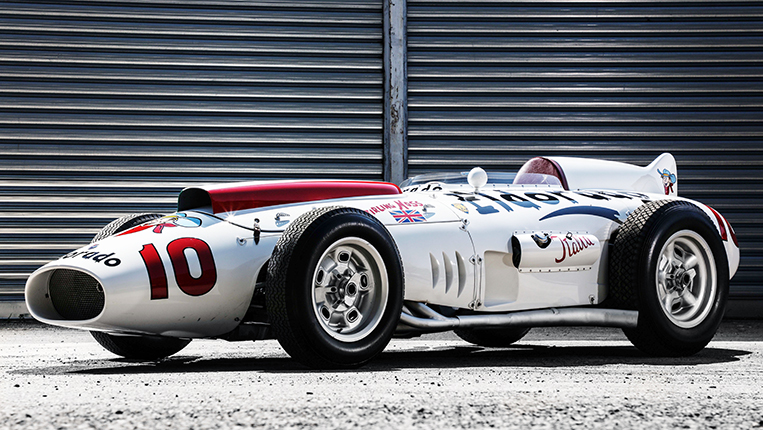
Watch any motor racing event and you’ll notice that most cars have numerous decals representing the racing team’s various sponsors and financial backers. In some cases, these sponsorship deals go so far as to dictate the vehicle’s overall look, as in the case of the Subaru World Rally Team’s famous blue-and-gold 555 Lights livery. Such a practice in Europe was pioneered by Maserati 60 years ago with its “Eldorado” race car.
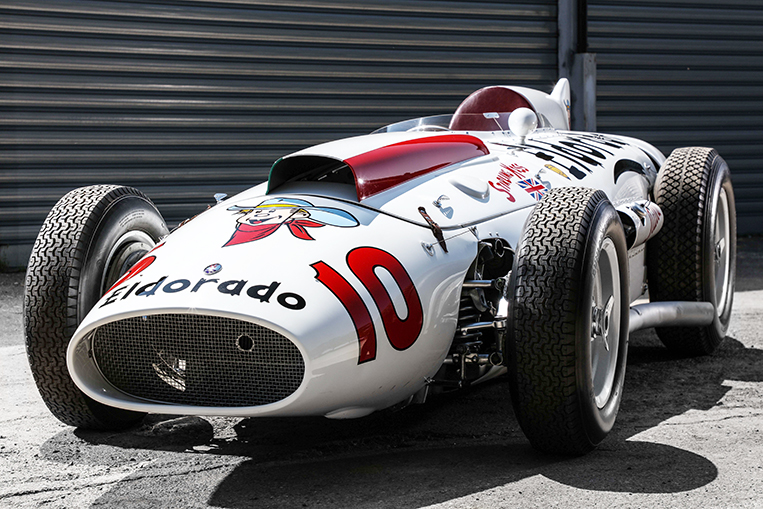
It was 1958. Maserati had just won the Formula 1 world championship the previous year with Juan Manuel Fangio. After a very successful season, the manufacturer decided to withdraw from competitive racing and build race cars commissioned by private customers. This was exactly what the Italian entrepreneur Gino Zanetti was looking for.
Zanetti owned the Eldorado ice cream company, and to expose it to an international audience, he had Maserati build what was essentially a very fast billboard on wheels. He intended to have the car join the “Trofeo dei due Mondi” (“Race of Two Worlds”). This was a 500-mile race held at Monza’s old oval track and basically patterned after the Indianapolis 500. To raise the stakes, America’s best drivers would be competing with Europe’s fastest.
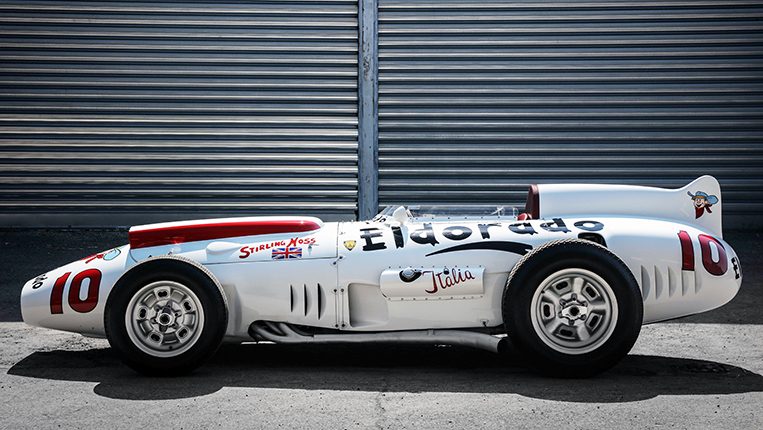
The new car was officially called the Tipo 420/M/58. Instead of the usual Italian racing red, this car sported the ice cream company’s corporate colors by being painted in a, um, cream-colored livery. The name “Eldorado” in a bold black typeface adorned both sides of the car. The company’s smiling cowboy logo was placed on the nose and on the tail fin. The word “Italia” painted in bright red was placed below the Eldorado brand to denote the manufacturer’s and the sponsor’s nationality. The car also bore the name of the brave soul manning the controls: British racing legend Stirling Moss.
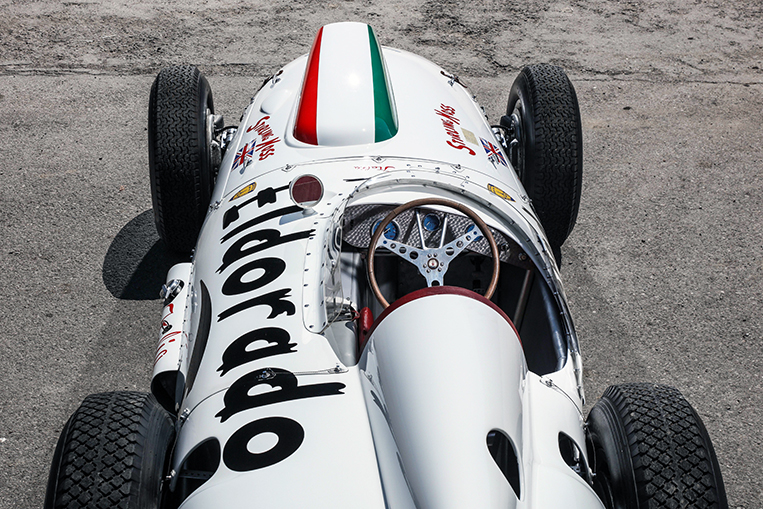
“Eldorado,” as the 420/M/58 was affectionally called, was no slouch of a race car for its time. The tubular chassis was based on the very successful Maserati 250F F1 car. The 4,190cc V8 engine generated 410hp and powered the rear wheels through a two-speed transmission. To account for the counterclockwise direction of travel at Monza’s steeply banked oval, both the engine and the transmission were placed off-center by 9cm to the left for optimal weight distribution.
The rear axle was an innovative type of rigid axle suspension called the De Dion tube. The lightweight hand-built aluminum body had a tail fin for improved high-speed stability. To reduce even more weight, Halibrand magnesium wheels were shod in Firestone tires inflated with helium. These measures meant that the car weighed in at a very slim 758kg.
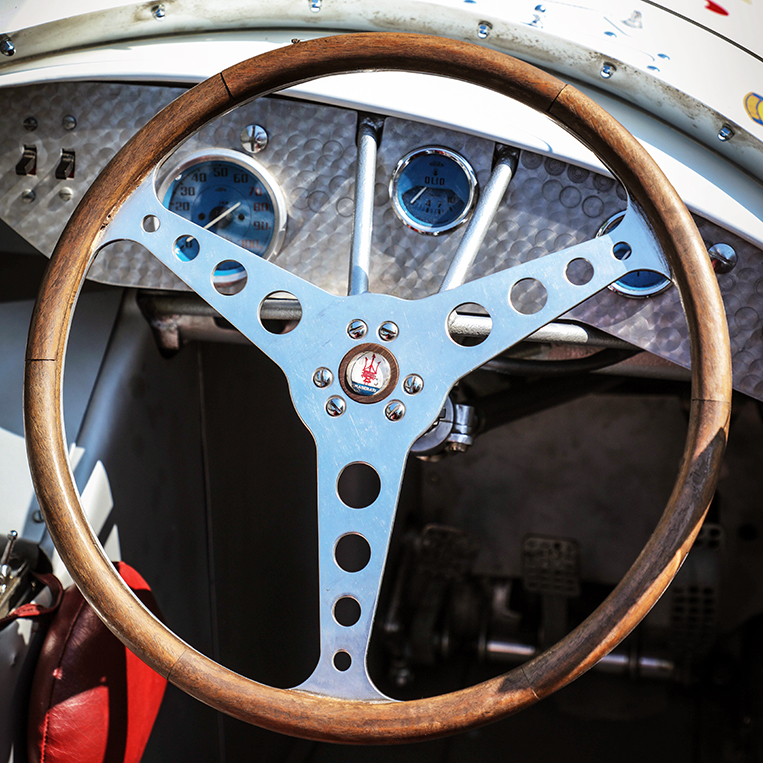
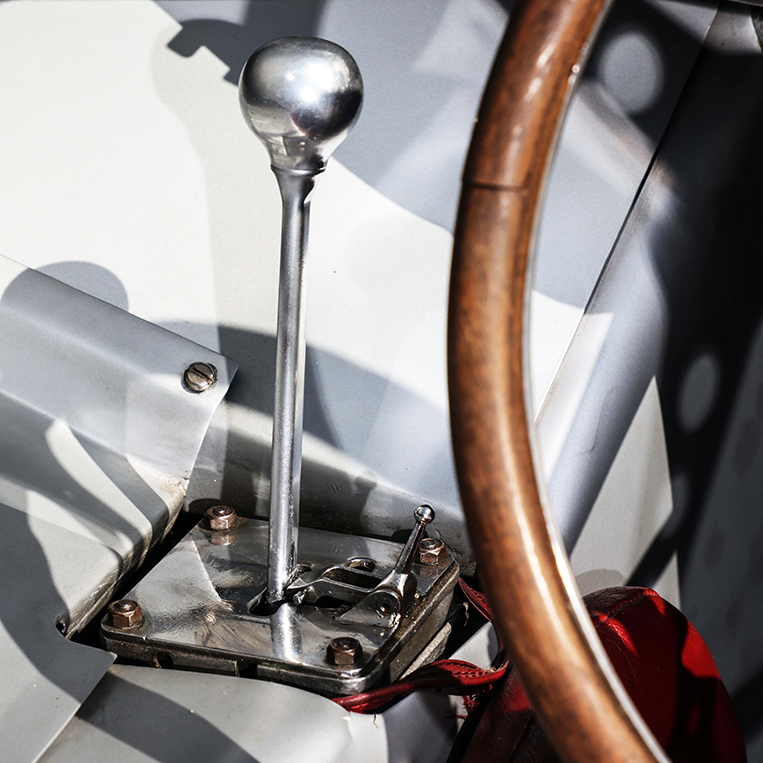
June 29, 1958, was race day for Moss and the cream-colored Eldorado. The Race of Two Worlds had three heats that decided the final points table. It was a very arduous race for everyone involved as the participating cars were originally not designed to go full-throttle over such a long distance. Moss finished fourth in the first heat and then fifth in the second heat. But the Eldorado was a fragile thoroughbred, and its questionable reliability cost it dearly in the third heat. The steering broke, and the car smashed into a guardrail.
Thankfully, Moss walked away from the accident unscathed, and despite the severity of the crash, damage to the Eldorado was very minimal due to its carefully engineered solid structure. Taking into account the three heats and the number of laps completed, Moss finished in a respectable seventh place.
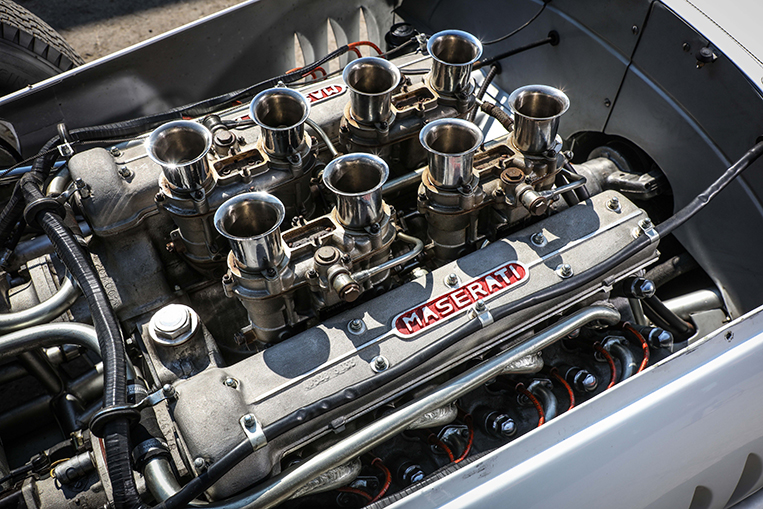
In spite of the number of spectators and the entertainment value, only one Race of Two Worlds would be held. The Eldorado was taken to the Gentilini body shop and modified to participate in the 1959 Indianapolis 500. The car no longer had its signature cream color and was finished in Italian racing red as it was now competing internationally. The Eldorado names and the smiling cowboy logos remained. Unfortunately, novice driver Ralph Liguori failed to qualify for the race.
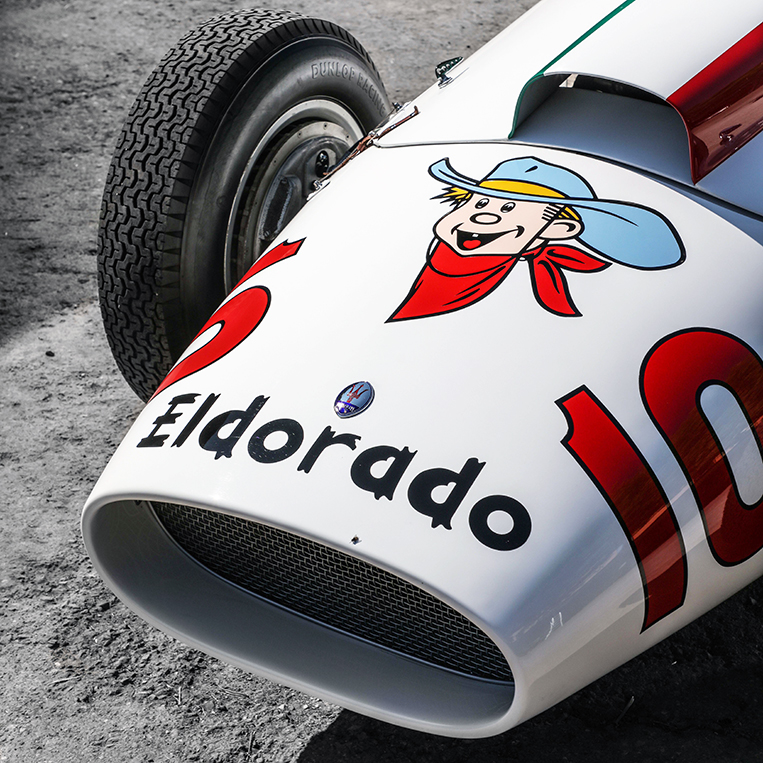
While the Eldorado may not have been very successful as a race car, its private sponsorship was a revolutionary concept back in the day. From that moment onward, motor racing opened its doors to a variety of financial backers. Today’s motorsports reap the benefits of sponsorship in terms of sustainability and increased opportunities extended to those who wish to take part.

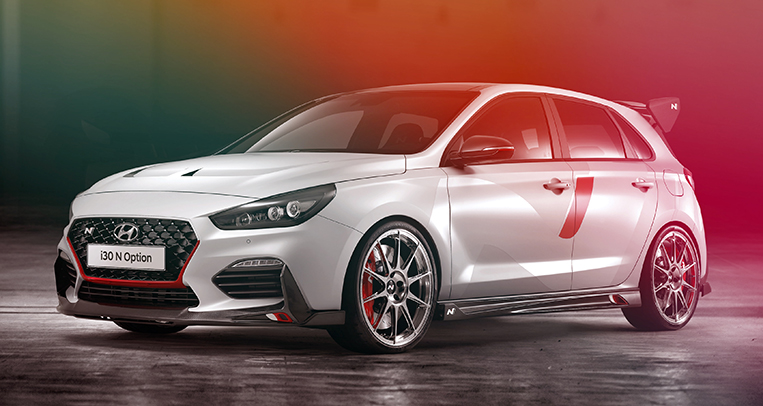
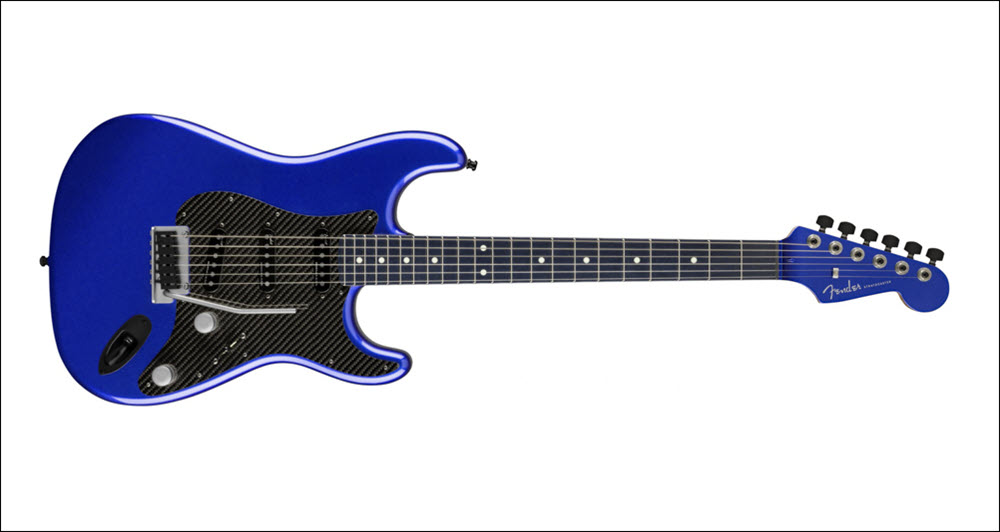
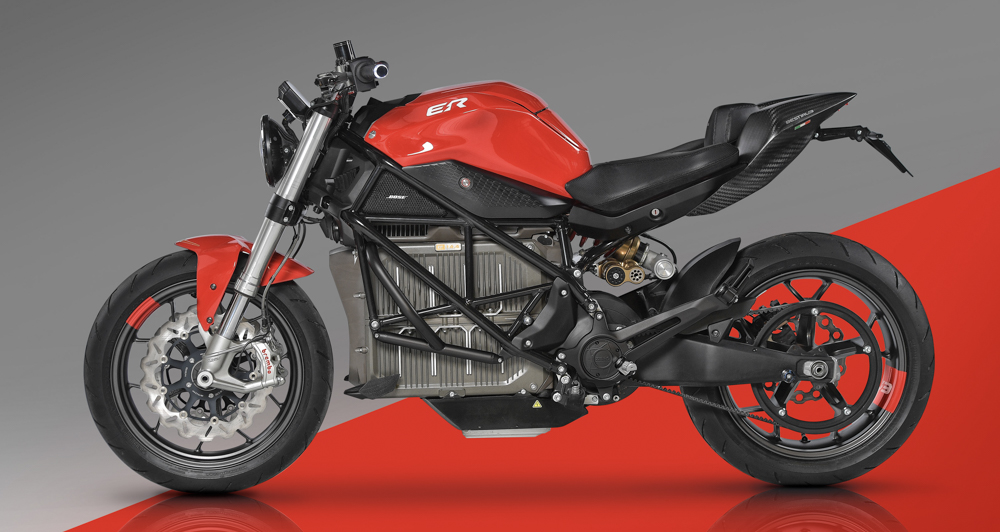
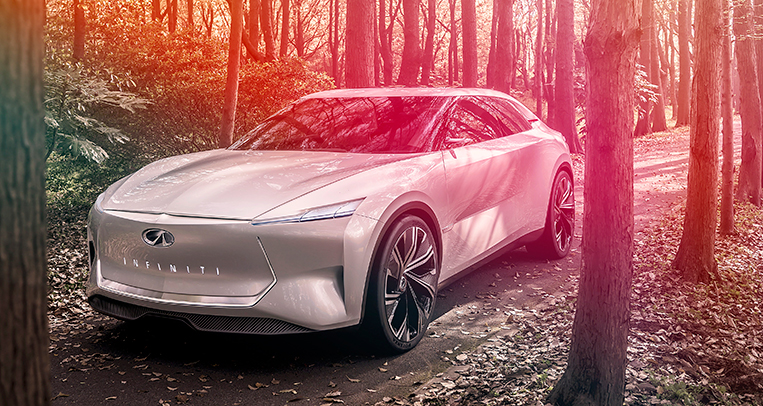



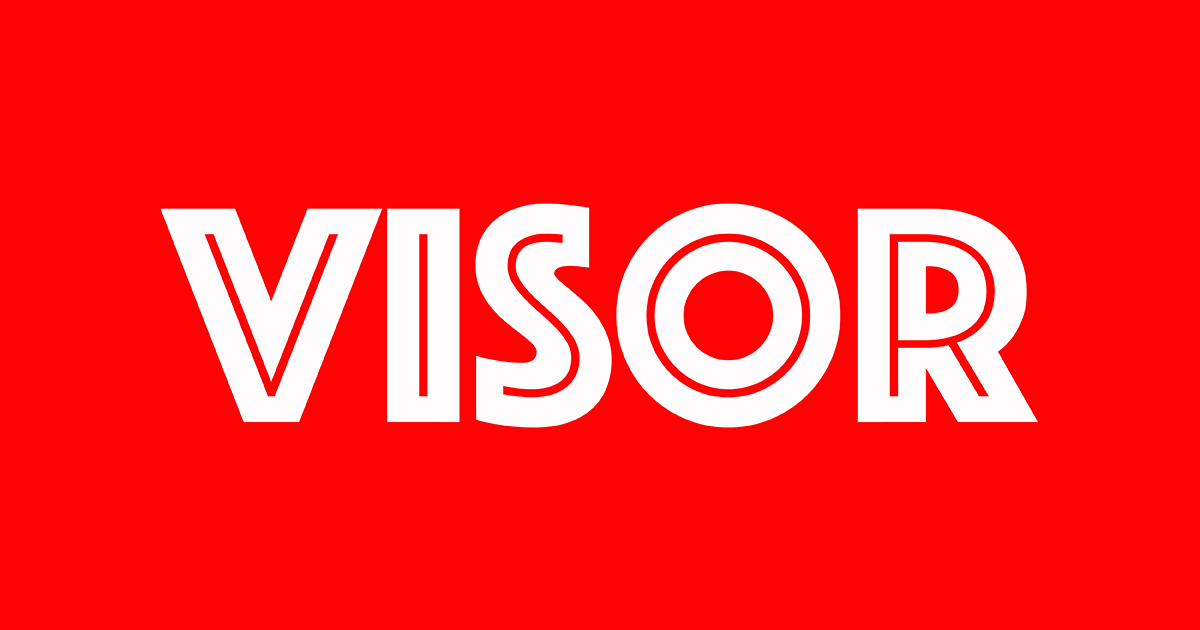
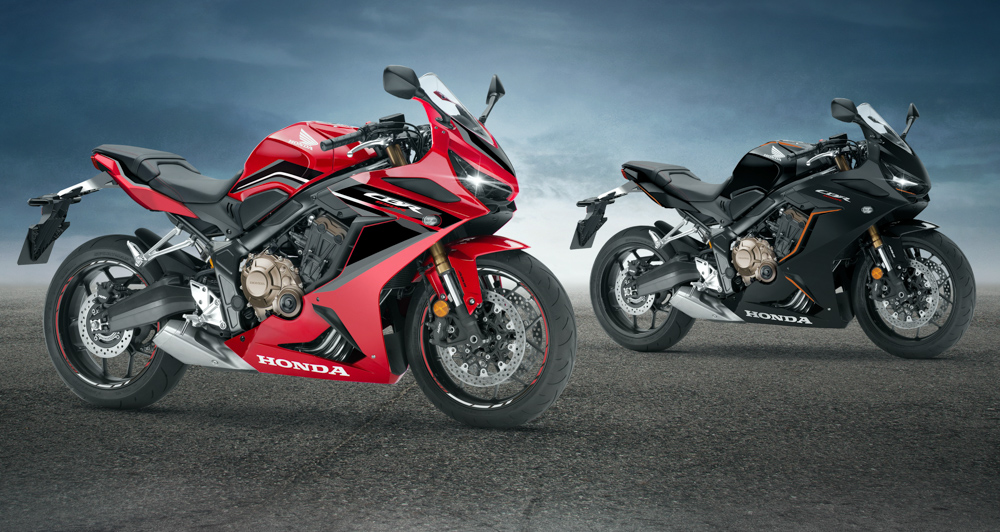
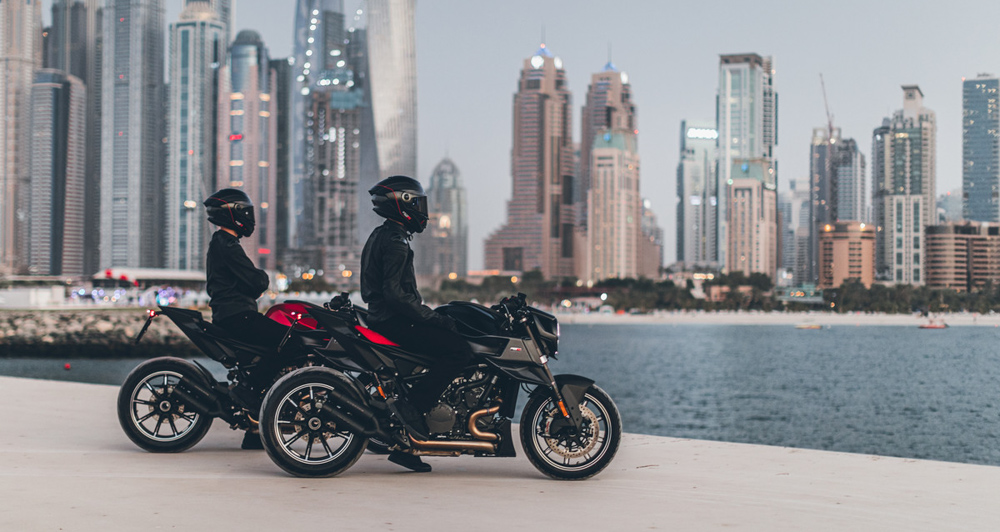
Comments